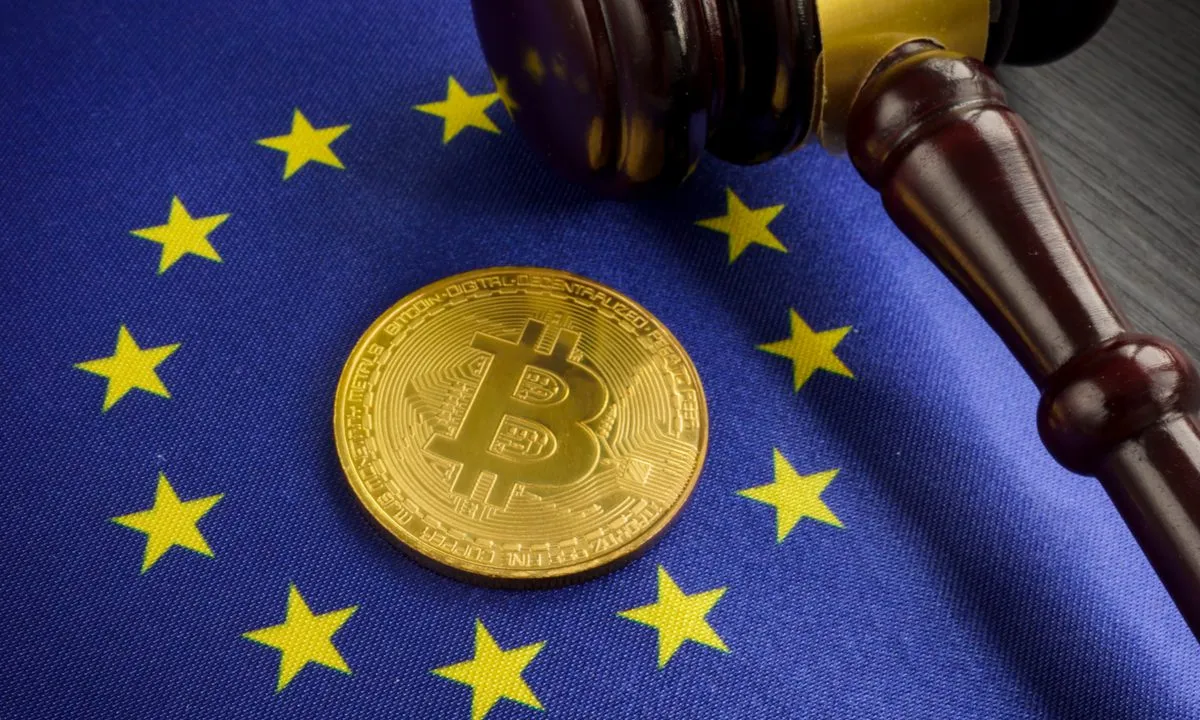|
Getting your Trinity Audio player ready...
|
The European Union (EU) is on the cusp of a significant transformation in its cryptocurrency landscape as the first set of regulations under the Markets in Crypto-Assets Regulation (MiCA) come into effect. This marks a watershed moment for the industry, bringing much-needed clarity and potentially reshaping the playing field.
Phased Implementation Ushers in New Era
MiCA’s rollout is gradual. Stablecoin regulations take center stage on June 30th, followed by regulations impacting crypto-asset service providers (CASPs) in December. This phased approach allows for smoother adaptation for businesses and users alike.
Boosting Legitimacy, But With Short-Term Disruptions
While regulation often implies additional hurdles, MiCA signifies a turning point for the crypto industry in the EU. Reinis Znotins, executive director of the Latvian Blockchain Association, highlights the “psychological” effect – the end of speculation about crypto’s legitimacy within the bloc. John Egilsson, former chairman of the Icelandic Central Bank, acknowledges the positive aspect of regulatory clarity but also anticipates “market disruption.” CASPs like exchanges and wallets may need to delist non-compliant stablecoins by June 30th.
Stablecoin Shakeup Expected
The initial impact might be felt most acutely in the stablecoin market. Crypto exchanges operating within the EU have already begun delisting non-compliant stablecoins, potentially leading to their exit from the European market altogether. This could pave the way for the rise of euro-backed stablecoins catering to the European market. However, Laura Chaput, head of regulatory compliance at Keyrock, believes this could ultimately lead to market growth as investors gain confidence from increased regulatory protections.
Also Read: Bitstamp Delists Euro Tether (EURT) in Anticipation of MiCA Enforcement
EU Crypto Businesses Need to Adapt
For crypto firms within the EU, staying informed about the evolving regulations is paramount. Securing proper authorization, meeting capital requirements, and maintaining adequate reserves will be crucial for compliance. Established financial institutions may also see an opportunity to enter the newly regulated stablecoin market.
Users: Transparency and Protection
EU crypto users should prepare for a changing ecosystem with potentially less access to certain assets but with greater transparency about how those assets operate. Enhanced consumer protection measures, including guaranteed redemption rights for stablecoin holders, aim to create a safer investment environment. While some users might be tempted by unregulated exchanges offering wider access, the long-term benefits of MiCA lie in enhanced user protection and a more reliable crypto space within the EU.
Disclaimer: The information in this article is for general purposes only and does not constitute financial advice. The author’s views are personal and may not reflect the views of Chain Affairs. Before making any investment decisions, you should always conduct your own research. Chain Affairs is not responsible for any financial losses.
With a keen eye on the latest trends and developments in the crypto space, I’m dedicated to providing readers with unbiased and insightful coverage of the market. My goal is to help people understand the nuances of cryptocurrencies and make sound investment decisions. I believe that crypto has the potential to revolutionize the way we think about money and finance, and I’m excited to be a part of this unfolding story.




